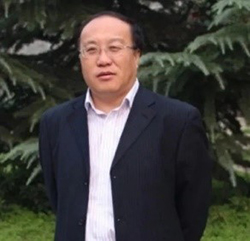Home> Academic Sessions
Session 29: Oxygen environment, exercise and active health
Updated: 2024-07-22
Cutting-edge research on cellular oxygen sensing adaptation explores the speed and mechanisms of human adaptation to different oxygen environments.
Studies on the stress responses of the body to oxygen in hypoxic and hyperoxic environments and during exercise have revealed new pathways for controlling the aging process, preventing chronic diseases and promoting good health.
Short-term exposure to low-oxygen environments, combined with exercise, may benefit human health and chronic disease treatment. Similarly, high-oxygen environments can improve human health and longevity. Research findings indicate improvements in respiratory, cardiovascular, metabolic and energy systems, as well as in telomere extension.
To get a better understanding of the major issues in research of hypoxic and hyperoxic environments and exercise, as well as the value of research and applications of low and high oxygen levels, more studies are needed under conditions of varying oxygen concentrations. This will better apply hypoxic and hyperoxic therapies to advance chronic disease prevention and human health.
Chairs

Yuan Dongya
Professor, Xizang Minzu University

Wu Hao
Professor, Capital University of Physical Education and Sports
Invited speakers & reports
Ye Chaoqun
Professor, The General Hospital of the Air Force, PLA
Report: Effects of hypoxic environment on the physiological and cognitive functions of specific occupational groups
Lu Yingli
Researcher, China Institute of Sport Science
Report: Hypoxic training and weight loss
Su Rui
Lecturer, Tibet University & School of Psychological and Cognitive Sciences, Peking University
Report: The interplay of hypoxia, cognitive adaption and mental stress
Geng Jing
Professor, Xi'an Jiaotong University
Report: The role of transcription co-activators in high altitude-related autoimmune diseases
Zhang Ying
Professor, Beijing Sport University
Report: The effects of six weeks of hypoxic exposure on hepatic fatty acid metabolism in ApoE-knockout mice fed on a high-fat diet
Wu Hao
Professor, Capital University of Physical Education and Sports
Report: The impact of hyperbaric oxygen combined with inspiratory muscle training on lung function and telomere length in sedentary young adults
